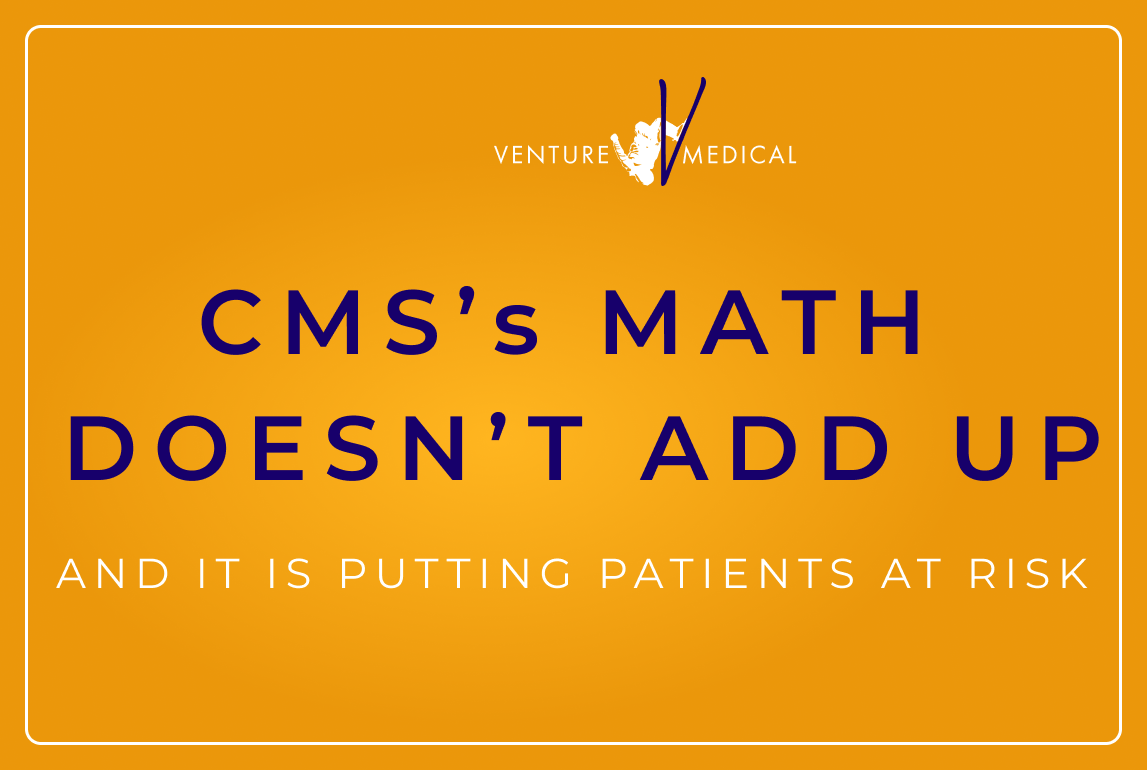Answering Your Wound Care Compliance and Audit Questions

We recently sat down with Ronald W. Chapman II, a leading Healthcare Defense Lawyer, for a webinar that tackled some of the toughest questions around compliance and audits in the wound care industry. His insights were too valuable to keep to ourselves, so we’ve pulled together the top questions (and his no-nonsense answers).
Compliance and Audit Defense in Wound Care: Your Top Questions Answered
In our recent webinar hosted on September 26th, healthcare defense lawyer Ronald W. Chapman II joined us to address some of the most pressing questions from wound care providers about compliance, audits, and government scrutiny. Here are his responses:
Do audits go differently if I have a lawyer involved?
Ronald Chapman II: Not at all. Having a lawyer or compliance company involved does not make you look guilty. Large entities are used to seeing compliance officers or counsel respond every day. In fact, when lawyers respond, auditors know they’ll be held to statutes and regulations—so they tend to “dot their i’s and cross their t’s” more carefully. It’s always a good idea to get compliance help involved as early as possible.
Why would Medicare approve products on ASP but then not want to pay for them?
Ronald Chapman II: That’s exactly the problem. Medicare sets the rate, authorizes the treatment, and doesn’t require prior approval—yet later denies payment without clear guidance. It’s contradictory and harmful to patients. Many Americans will suffer if this continues, which is why providers’ voices need to be heard.
How will the CMS PPS proposed rule affect wound care?
Ronald Chapman II: If it goes into effect, it could devastate reimbursement and dry up funding because of manufacturing costs. The wound care ecosystem is already fragile. Providers need to come together to pushback.
Should I sign up for compliance services even if I’m not under audit?
Ronald Chapman II: Yes. The OIG requires providers to have compliance programs in place. Without one, you’re running a risky business.Compliance programs create “benefit of the doubt” when audits occur, while also improving sustainability and safety long-term.
Are there HIPAA issues with referrals from sources without patient relationships?
Ronald Chapman II: Yes. You’ll need a Business AssociateAgreement (BAA) in place. Don’t just grab one online, these should be customized contracts to protect you and ensure HIPAA compliance.
Should clawbacks ever be left unchallenged?
Ronald Chapman II: No. Contractors often make mistakes. If you let clawbacks slide, it could trigger more audits or even law enforcement referrals down the road. Always investigate why they occurred and address them immediately.
Is there a reasonable discount range that’s considered safe?
Ronald Chapman II: This is highly case-specific. Discounts of 40–50% off ASP raise questions, but what matters most is how the discount is structured, marketed, and documented. Every arrangement should be vetted to avoid anti-kickback statute violations.
What does an effective compliance program include?
Ronald Chapman II:
· Policies and procedures
· Routine auditing
· A compliance officer
· Staff training
· Ongoing monitoring and adjustments
Think of it like risk management in aviation or surgery, it’s about creating a culture of compliance and safety.
What do compliance programs cost for small clinics?
Ronald Chapman II: For a two-to-three provider clinic, costs may be under $15,000 annually, sometimes much less. The price depends on your risk areas—wound care, DME, and drug testing carry higher risks than a simple urgent care clinic.
Final Thoughts
This webinar made it clear: compliance is not optional, and proactive measures save providers from devastating consequences. From clawbacks to discounts to medical necessity, the common theme is be prepared, be compliant, and be documented.
Stay tuned for our next session in the series, featuring Katie Fergus of Practice Synergy, on October 10, where we’ll dive into how billing practices can protect you from audits before they even start.







.svg)






.png)
.png)

